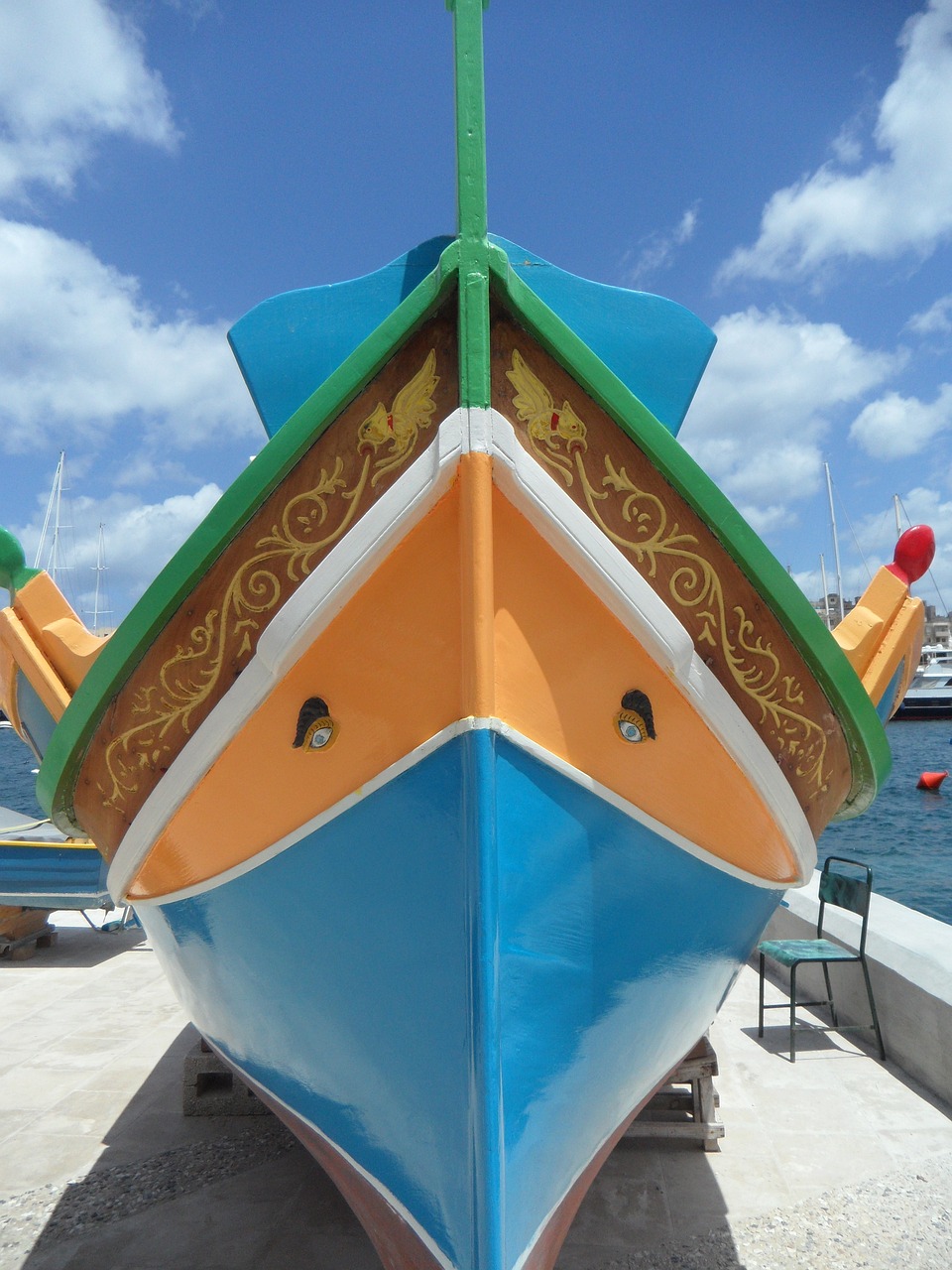Osiris stands as one of the preeminent deities revered in ancient Egyptian mythology. The earliest traces of his worship can be linked to Busiris in Lower Egypt, where he emerged potentially as a representation of fertility linked to the underworld. By around 2400 BCE, Osiris had adopted a significant dual persona. He not only personified fertility but also embodied the deceased and resurrected sovereign. This intricate relationship was interwoven with the Egyptian notion of divine rulership: upon death, the king transformed into Osiris, the sovereign of the afterlife, while his living heir aligned with Horus, the deity associated with the heavens. This established a familial dynamic between Osiris and Horus as father and son, respectively. Isis, the goddess and wife of Osiris, also served as the mother of Horus, complicating the divine family tree further. Seth, another god, played the role of the antagonist, infamous for orchestrating Osiris’s demise.
Plutarch recounted a version of Osiris’s myth, detailing how Seth murdered him, dismembered his body into 14 parts, and scattered these across the Egyptian landscape. Eventually, Isis, aided by her sister Nephthys, gathered the disembodied pieces, saving all save one, thus enabling Osiris to inhabit the underworld, where he became a ruler and judge. Following in a storyline of vengeance, Horus battled Seth and secured his position as the new monarch of Egypt. Thus, Osiris held authority not just over the deceased, but also acted as a source of life emerging from the underworld, playing a crucial role in agriculture and the seasonal flooding of the Nile River.
From around 2000 BCE onward, the belief flourished that every individual, not exclusively royal figures, came to be associated with Osiris upon death. This association did not suggest a literal resurrection, as Osiris himself did not outright return to life. Instead, it symbolized the renewal of existence in the afterlife and through one’s legacy on Earth. In this broader interpretation, Osiris’s worship extended throughout Egypt, often merging with local fertility and underworld deities’ veneration.
The concept of achieving rebirth in the afterlife through devotion to Osiris was upheld through specific religious practices. During the Middle Kingdom, which spanned from about 1938 to 1630 BCE, festivals honoring him featured processions and nighttime rituals, particularly celebrated in Abydos, a significant temple site. There, Osiris absorbed the ancient attributes of Khenty-Imentiu, meaning “Foremost of the Westerners,” which became one of his titles. These public festivals allowed community participation, and by the early second millennium BCE, it became a trend to be interred along the procession routes leading to Abydos or to create memorials in his honor.
The festivals commemorated Osiris’s journey through life and death and were recurrently celebrated in different towns across Egypt. During the late periods, one notable aspect was the creation of the “Osiris garden,” a mold that represented Osiris, filled with Earth, watered by the Nile, and planted with grain. These growing plants signified Osiris’s vital essence. At Memphis, the sacred bull Apis was associated with Osiris, leading to a fusion known as Osiris-Apis, which later influenced the identification of the Hellenistic deity, Serapis. Furthermore, Greco-Roman literature drew parallels between Osiris and the god Dionysus, while he was also associated with Soker, an ancient deceased god originating from Memphis.
Iconography of Osiris is sparse before the New Kingdom period (1539–1075 BCE), with the earliest representations dating to approximately 2300 BCE. During the New Kingdom, depictions typically portrayed him as a mummy with crossed arms, one hand grasping a crook and the other a flail. He adorned the atef crown, combining the white crown of Upper Egypt with two ostrich feathers, symbolizing his divine nature.



